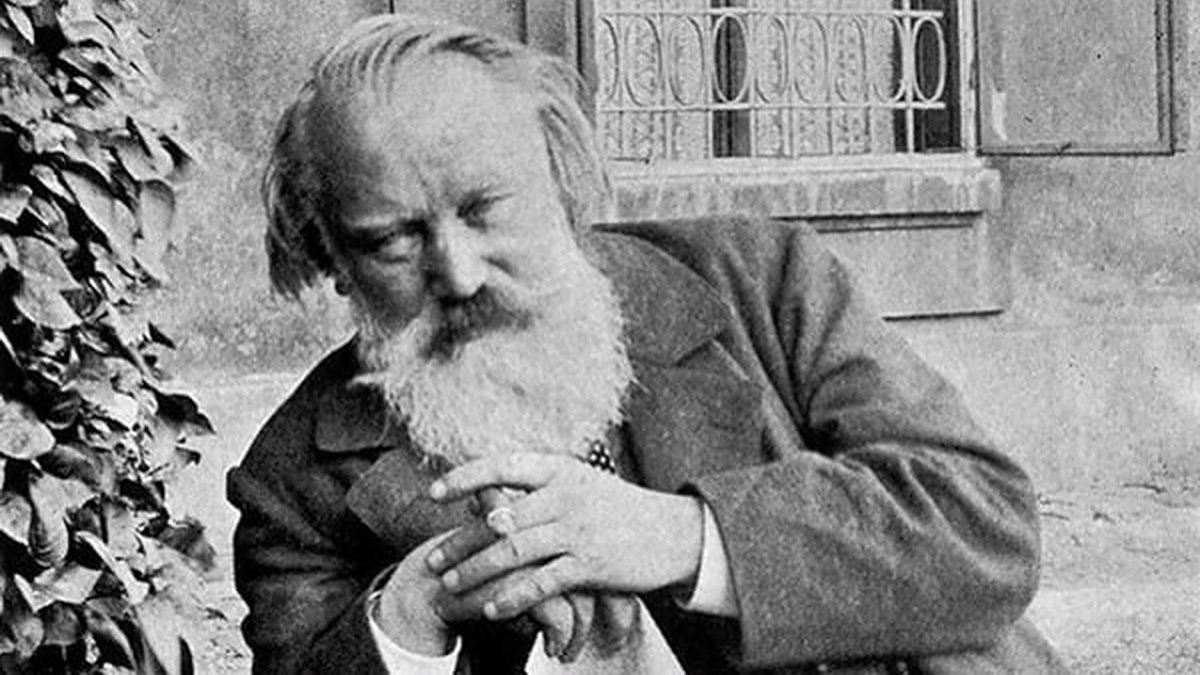Shostakovich’s String Quartet No. 9 in E-flat Major: A Poignant Musical Diary
Musicologist Kai Christensen describes Dmitri Shostakovich’s fifteen string quartets as “a personal diary of poignant reactions, reflection, and dark visions.” Nowhere is this more apparent than in the middle quartets. Shostakovich dedicated his Seventh Quartet to the memory of his first wife, Nina, who died in December of 1954 at the age of 46. Outwardly, the iconic and emotionally raw Eighth String Quartet was “dedicated to victims of war and fascism.” Privately, …







